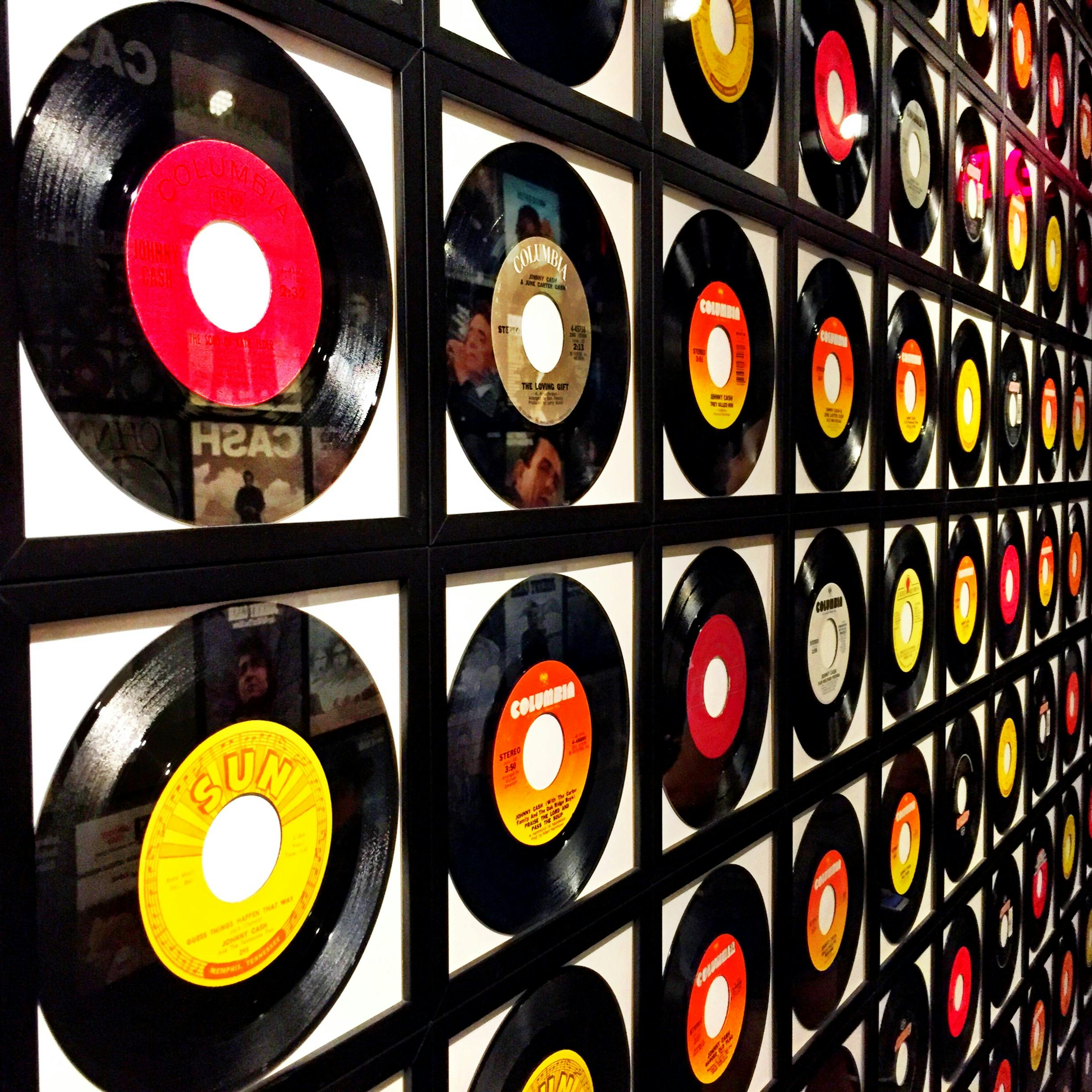Synesthesia in Modern Music: A Multi-Sensory Revolution
Introduction: Dive into the world of synesthesia, a fascinating phenomenon that blends senses, and discover its profound impact on contemporary music. Synesthesia is a neurological condition where stimulation of one sensory pathway leads to automatic, involuntary experiences in a second sensory pathway. In simpler terms, synesthetes may taste sounds, see music, or hear colors. This remarkable condition has been present throughout history, influencing notable figures like composer Alexander Scriabin and painter Wassily Kandinsky. However, it's only recently that synesthesia has begun to profoundly shape modern music, creating multi-sensory experiences for listeners.

From Psychological Phenomenon To Musical Inspiration
Synesthesia, once regarded just as a psychological curiosity, is now a significant source of creative inspiration in the music world. Artists like Pharrell Williams, Billie Eilish, and Lorde have openly discussed their synesthetic experiences, using them to create music that transcends the auditory. These artists not only hear their music but also see it in vivid, dynamic colors. This multi-sensory approach to music creation has opened up new avenues of expression and interpretation, redefining the boundaries of the art form.
Synesthesia in Today’s Music: A Colorful Soundscape
In contemporary music, synesthesia is making waves. Pharrell Williams, a known synesthete, has described his creative process as one of blending colors and sounds. His hit song ‘Happy’ is not just a catchy tune but a vibrant yellow in his mind. Similarly, Billie Eilish’s dark, haunting music comes from her synesthetic perception of black and green shades. These artists, among others, are bringing a multi-sensory dimension to music, creating immersive and unique experiences for their listeners.
The Impact: Enriching the Musical Experience
The use of synesthesia in music composition has significantly enriched the listener’s experience. By associating music with colors, textures, or even tastes, artists are inviting their audience to experience their songs on multiple sensory levels. This approach not only deepens the emotional connection to the music but also makes it more accessible to a wider audience. Furthermore, it sparks a dialogue about the nature of artistic perception and the limitless potential of the human brain.
The Future: A New Era of Sensory Music
The influence of synesthesia on contemporary music signifies a broader shift towards multi-sensory art forms. As technology advances, we can anticipate further exploration of this fascinating phenomenon. Imagine concerts where the music is not only heard but also seen, tasted, or felt. This is the exciting future that the synesthetic revolution in music promises us.
The integration of synesthesia into contemporary music is a testament to the evolving nature of artistic expression. As we continue to understand and embrace this phenomenon, we can look forward to a more immersive, multi-sensory, and inclusive musical landscape.




